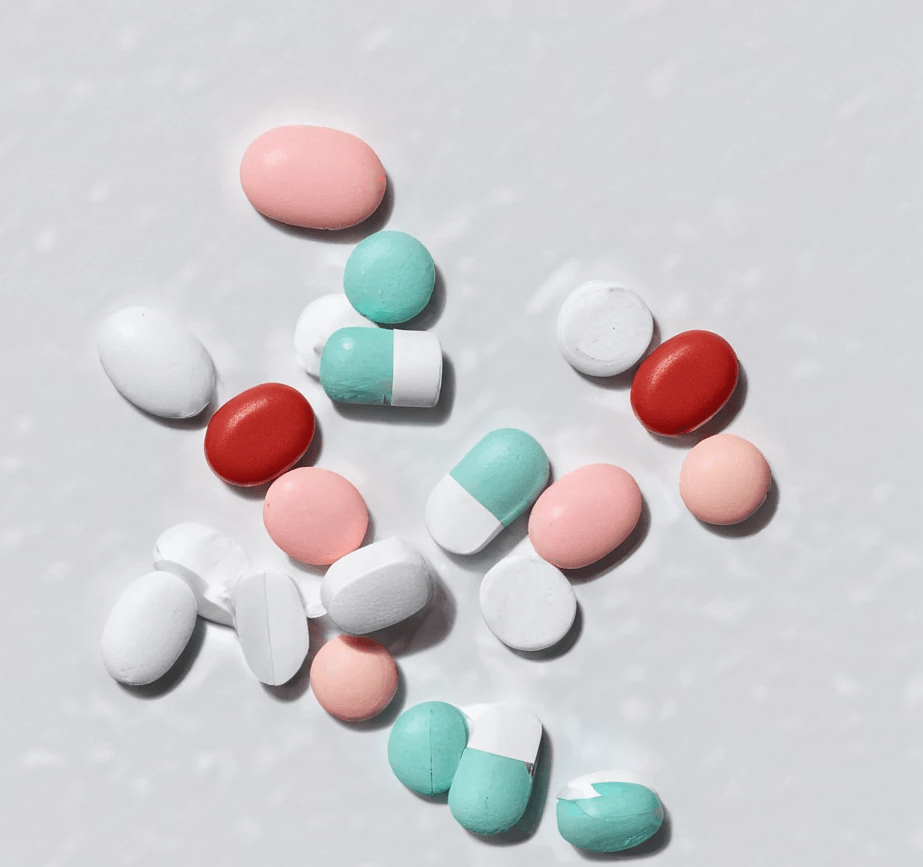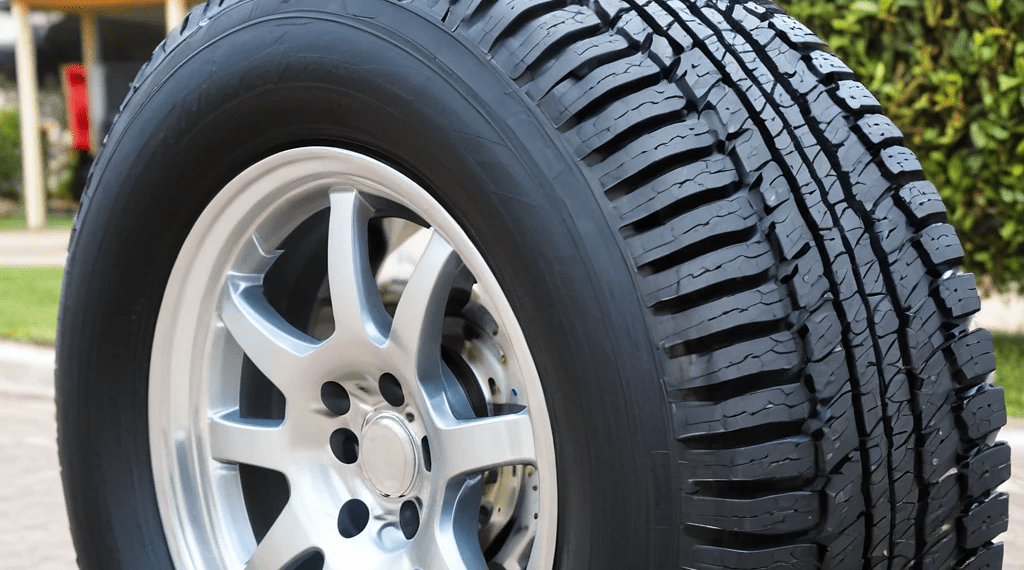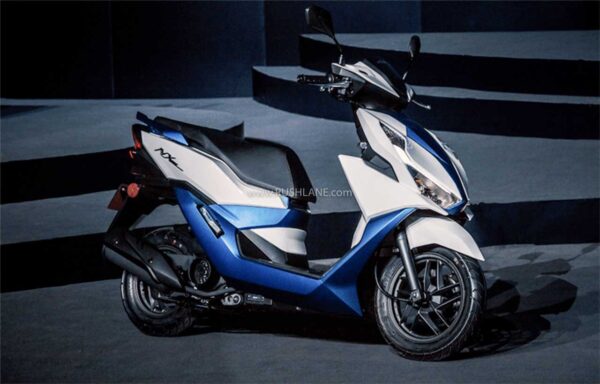Zen Technologies, an Indian defense technology sector company, has granted a significant patent for an innovative “Automated Hard Kill Firearm Mounting System.” The application for patent was filed by the company on October 15, 2022, will be protected by the patent up to October 15, 2042 as per Patent Act 1970, subject to renewal of Patent.
This patent technology aims to redefine military defense capabilities by enhancing the mounting systems for firearms and providing a more precise, automated mechanism for deploying hard kill systems in military applications. The groundbreaking technology marks a significant milestone in Zen Technologies’ pursuit of technological advancements in the defense and security sectors.
Understanding the Automated Hard Kill Firearm Mounting System
This “Automated Hard Kill Firearm Mounting System” developed by Zen Technologies is designed to automatically deploy and control firearms used in defense systems, mainly focusing on vehicles or stationary defense structures. However, this system can play a crucial role in modern military requirements in operations, specifically in countering threats such as incoming projectiles, explosives, or adversarial forces.
By automating the hard kill process, it will reduce the human intervention and maximizes the effectiveness of military hardware during high-stakes operations.
Hard Kill Technology
A “hard kill” defense system means a technology which is designed to physically destroy or neutralize a threat, such as an incoming missile or projectile. The automated firearm mounting system is particularly useful in integrating firearms with hard kill defense mechanisms, which can enhance their accuracy and rapid response during combat.
Key Features of the Automated Hard Kill Firearm Mounting System
1. Automation
This patent technology is designed to rapidly identify and engage threats with minimal human input. This automation is critical and key point for military operations, where speed is essential in dealing with fast-moving or high-priority threats. This technology will ensure that defensive firearms are positioned correctly and are ready to fire at a moment’s notice.
2. Enhanced Accuracy
This technology is engineered to provide enhanced accuracy by using precise sensors and targeting mechanisms. It will ensures that the firearm is mounted and positioned at the optimal angle and trajectory, increasing the likelihood of hitting the intended target during an engagement.
3. Versatility
Zen Technologies’ automated patented technology is easy adaptable and can be used with various types of firearms of defense. Due to it’s flexibility it can be suitable for a wide range of military applications, including armored vehicles, unmanned ground vehicles (UGVs), and stationary defense positions.
4. Real-time Threat Assessment and Response
The system uses advanced algorithms and real-time data analytics to assess threats in real-time by use of sensor and real time feedback system. Once a threat is identified, the system will automatically respond by aligning and firing the mounted firearm at the target.
5. Integration with Other Defense Systems
The automated mounting system is designed to integrate seamlessly with any defense technologies, including radar systems, visual recognition systems, and countermeasure systems due to it’s flexibility of combination.
Potential Applications and Impact
The patented technology hard kill firearm mounting system offers numerous advantages and potential applications in defense sector.
1. Defense Vehicles
2. Unmanned Ground Vehicles (UGVs)
3. Coastal and Border Defense
4. Integration with Drones
5. Civilian and Private Security
Zen Technologies’ Vision for the Future
Zen Technologies, known for its expertise in defense and training sectors, has long focused on developing cutting-edge technologies for modern warfare. This is the 3rd grant in calendar year 2025 and 13th grant in financial year 2024-25 for Zen technology.
Conclusion
This patent for the Automated Hard Kill Firearm Mounting System represents a major leap forward in defense technology for Zen Technologies. This granted technology promises to enhance the precision, speed, and efficiency of military defense systems, which provides greater protection against a wide range of threats. It has potential applications in vehicles, unmanned systems, border defense, and even private security, the patented technology has the ability to shape the future of warfare, advancing the integration of automation into military strategy.




